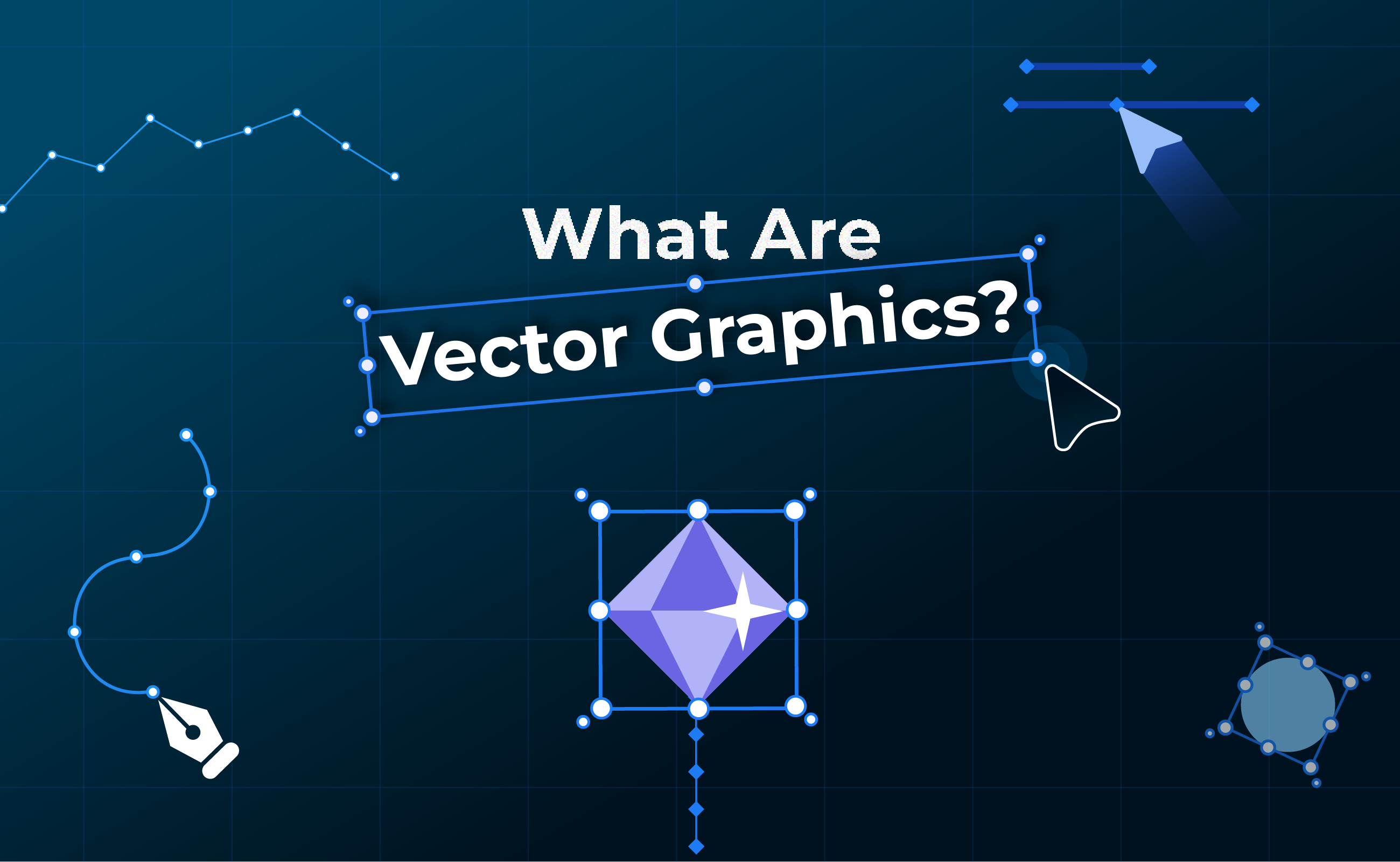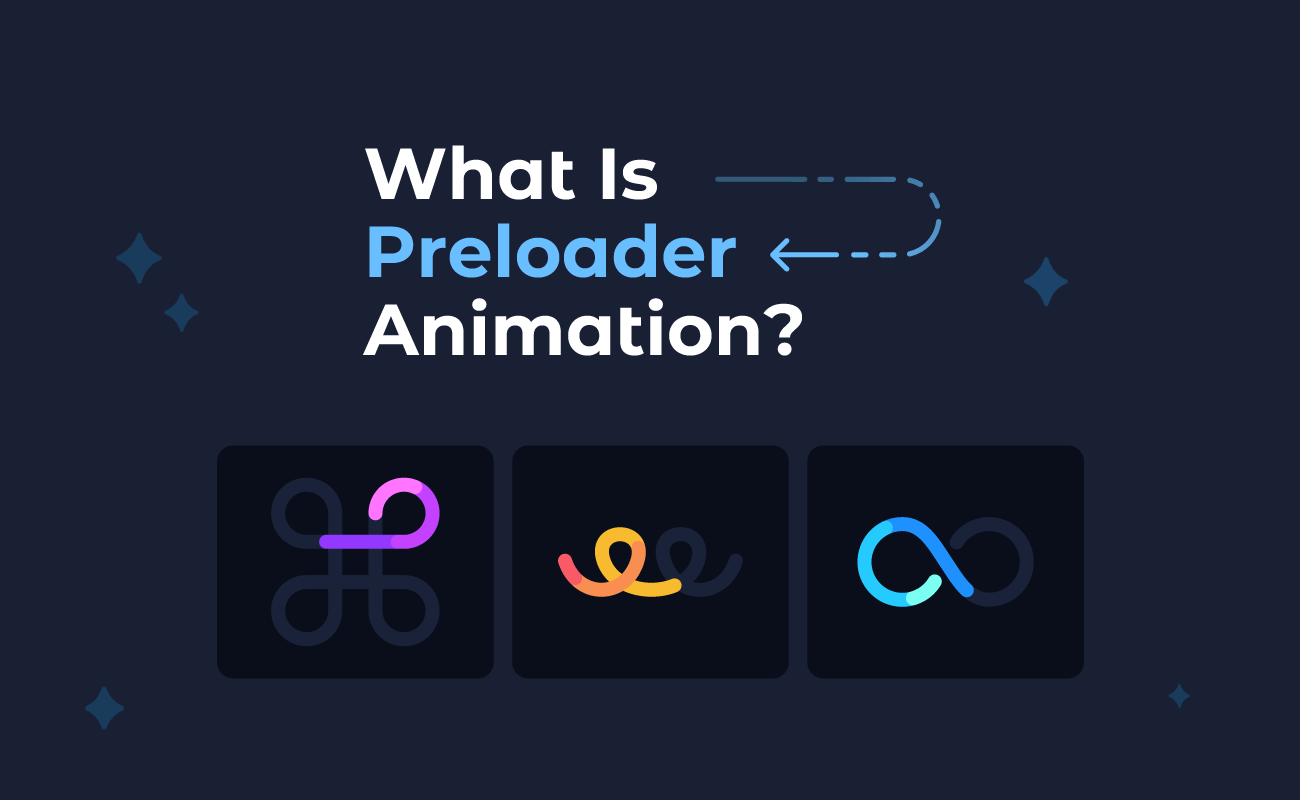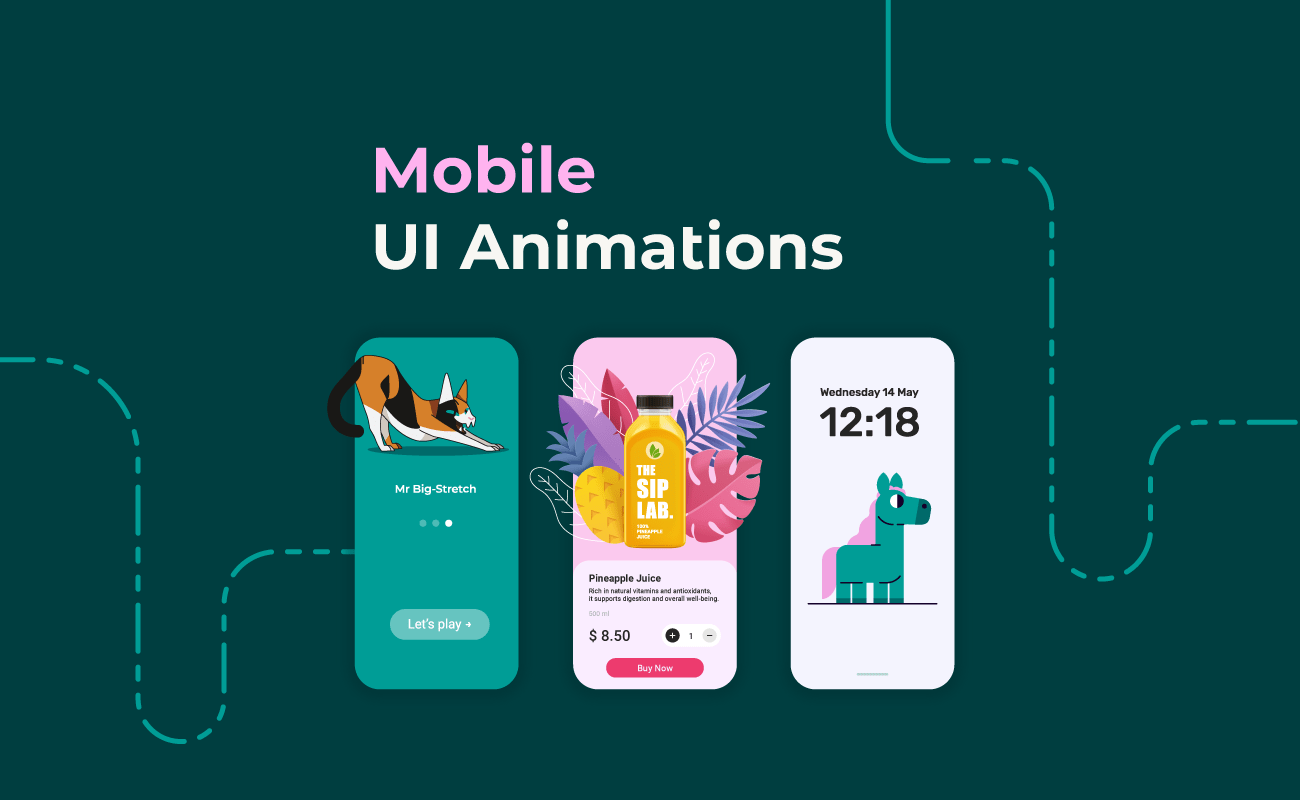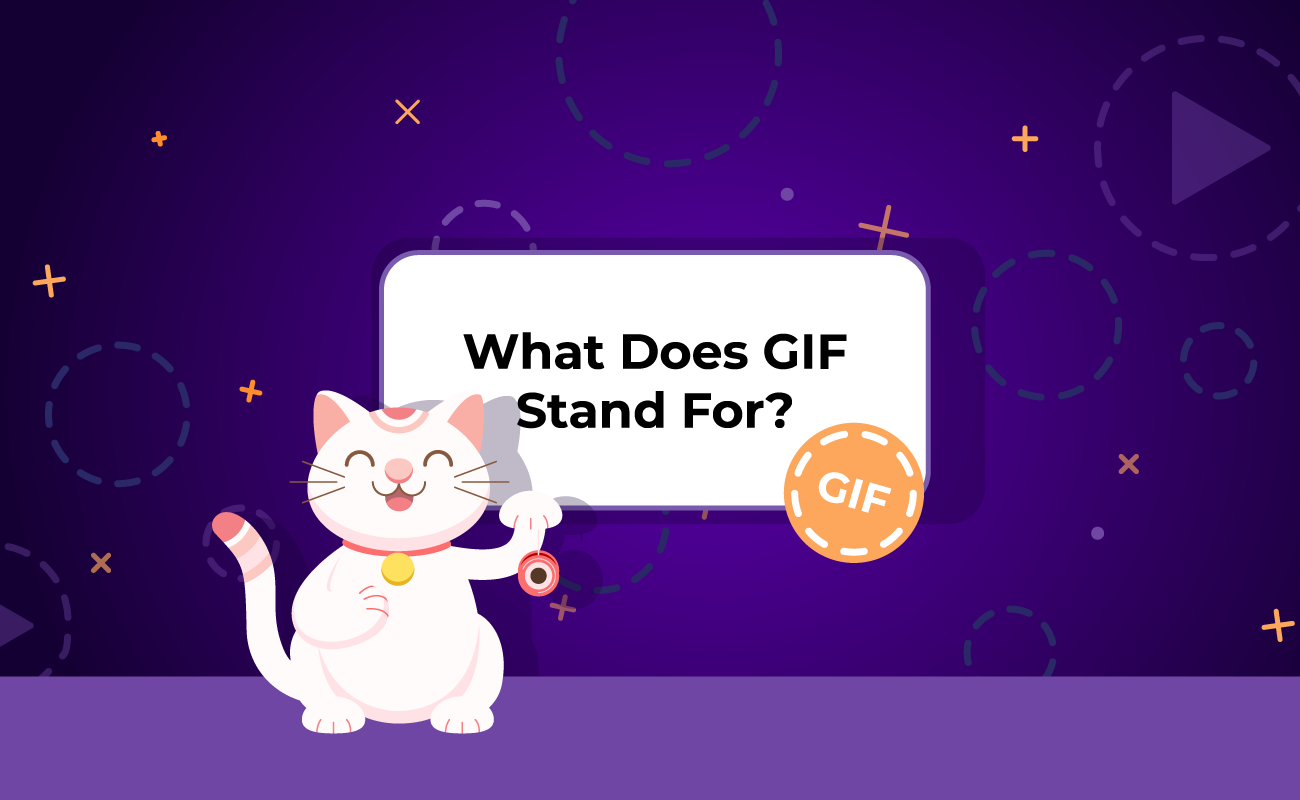Did you know that there are hundreds of image formats available out there? You probably haven’t come across the vast majority of them, but it still may be challenging to choose the best possible option sometimes. Let us guide you through this jungle and help you to use the right image format for the right job.
In this article, you’re going to read about the pros and cons of the most common raster image formats, as each of them have been optimized for a specific use. We'll explain important characteristics of GIF, JPEG, PNG, and WEBP files.
If you would like to learn more about the two main types of images, namely raster files and vector files, please read our comprehensive article on the Vector vs Raster debate.

Table of Contents:
- Comparison Table for Image Formats
- GIF vs PNG
- GIF vs APNG
- GIF vs JPEG
- GIF vs WEBP
- AVIF: the rising star
- 5 questions you need to answer before choosing your right image format
- Final thoughts
Comparison Table for Image Formats
Below, you'll find a comparison table between the image file formats we compare in this article.
| File extension | Name 📝 | Color support 🍭 | Transparency 🪟 | Compression 📏 | Best used for ✅ |
| .gif | Graphics Interchange Format | 8-bit per pixel: 256 colors | 1-bit transparency, pixels are either transparent or not | Lossless compression, produces bigger filesize | Smaller graphics with limited colors and short animations |
| .jpg, .jpeg | Joint Photographic Expert Group image | 8-bit per channel: 16 million+ colors | No transparency support | Lossy compression, smaller filesize | Full-color photos |
| .png, .apng | (Animated) Portable Network Graphics | 8-bit per channel: 16 million+ colors | Full semi-transparency support | Lossless or near-lossless compression, better quality | Graphics and designs with text |
| .webp | Web Picture Format | 8-bit per channel: 16 million+ colors | Full semi-transparency support | Lossy compression, smaller filesize | Web images, especially photos |
Now let's start the journey with the two most popular formats:
GIF vs PNG
We have no doubt that you have met these formats countless times, so you really need to grasp some knowledge about their main pros and cons.
What is a GIF?
GIF (Graphics Interchange Format) is a lossless, low-resolution, and low FPS image format invented in 1987. It is compatible with all web browsers, and it is easy to embed on all kinds of websites. The format supports 256 colors and does not support semi-transparency. GIF files are ideal for images with sharp edges and lines, and a few colors.
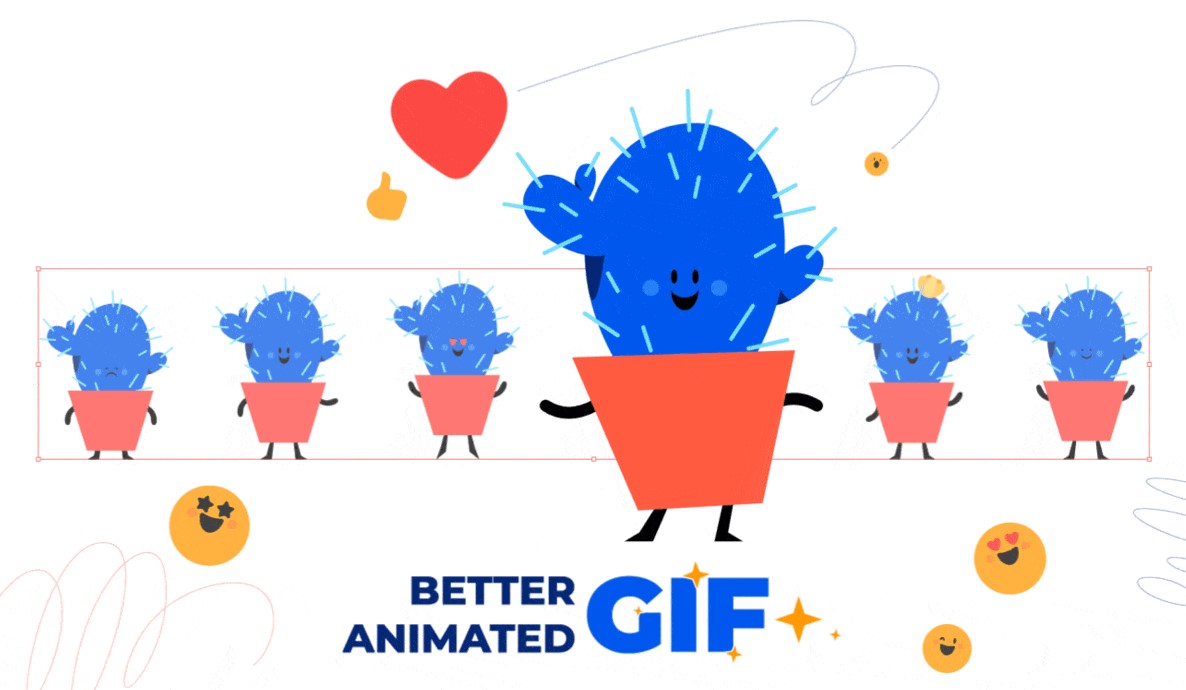
It has become incredibly popular due to memes, social media, and stickers that can be used in online communication to express feelings and tell jokes. Websites like Giphy and Tenor made them even more popular and easy to share anywhere. They are really easy to create, but it can be tricky to return to and edit them again.
What is a PNG file?
PNG (Portable Network Graphics) is a raster-based, high-quality file format that is lossless and supports transparency. It preserves all the fine details of an image, and it has 16 million colors, so it is ideal for complex visuals. PNG files can be viewed in almost any image viewer, web browser, and graphic tool.
The format has been around since the 90s, and it was created to replace GIF because of licensing fees. It has become one of the most common image formats on the web today.
What are the main types of PNG?
The main types of PNG are the following:
- PNG-8: supports 256 colors
- PNG-24: supports 16.8 million colors
- PNG-32: supports 16.8 million colors plus advanced support or transparency
After this short presentation, let’s jump into the GIF vs PNG comparison.
What are the similarities between GIF and PNG?
What are the differences between GIF and PNG?
The differences between GIF and PNG consist of the following 3 major advantages of PNG over GIF:
- Alpha Channel: the first advantage of PNG is alpha channel, which provides variable transparency. In PNG, each pixel can have a different level of transparency.
- Gamma Correction: the second advantage of PNG is gamma correction, which makes cross-platform control of contrast enhancement possible.
- Progressive Image Rendering: the third advantage of PNG is related to progressive image rendering; While GIF has only four passes, PNG comes with two-dimensional interlacing with seven passes, making it more appealing visually. Furthermore, PNG can have up to 25% better compression than a comparable GIF.
Although there is an animation-supporting version of PNG called MNG, this format is not widely used for practical reasons.
However, there is a newer, unofficial extension to PNG called APNG, which was created for animation purposes. You can read more about this format in the next section.
GIF vs APNG
As we mentioned before, APNG can be considered an alternative to GIF as it gives a similar visualization. Before getting into the APNG vs GIF comparison, let’s have a look at animated PNG’s main features.
What is APNG?
APNG (Animated Portable Network Graphics) is a raster graphic format and an unofficial extension to PNG. APNG has an unlimited frame rate, very good compression, and a smooth look.
The specifications were created in 2004 in order to offer support for animated PNG files.
APNG uses the same .png extension, supports 24-bit images and 8-bit transparency, and can be opened with Firefox, Opera, Chrome, and iMessage apps.
Is APNG better quality than GIF?
However, APNG still needs optimization and doesn’t have as much support as GIF. Many browsers and programs are not able to open this format without additional plugins or extensions.

GIF vs JPEG
Our guide wouldn’t be complete without the good old JPEG format, so let’s have a look at its features compared to GIF’s aspects.
What is a JPEG?
JPEG (Joint Photographic Experts Group) is an image format commonly used for photography and images rich in colors. It is one of the most well-known formats and is the default setting on digital cameras. JPEG is ideal for medium-quality, realistic images used on social media and websites. One of its advantages is that it is supported by all browsers and can be edited by all image editing software.
Editors are free to choose the percentage of compression, from 0 to 100%. Most graphic professionals choose around 60%-70%, because the image still looks quite good at this compression level. It doesn’t support transparency or animation.
What are the differences between GIF and JPEG?
Image quality and file size are the two main factors taken into consideration when making a GIF vs JPEG comparison.
As mentioned before, a significant difference between GIF and JPEG is that JPEG loses data when compressed, while GIF uses a lossless compression algorithm.
GIF vs WEBP
Last but not least, get acquainted with WebP, the rising star among image formats.
What is a WebP file?
WebP is an image format for the web that was created to display high-quality but small-sized images, in order to improve loading times. It can be lossy or lossless at compression, depending on your needs. The WebP format is relatively new as it was created in 2010 by a company owned by Google.
It is compatible with major browsers, but content management systems need extensions for using WebP, as well as most image editing apps. Social media networks don’t support it, and it cannot be used in newsletters as many viewers won’t be able to see it.
What are the differences between GIF and WebP?
Is WebP better for animation than GIF?
For animations, neither of these formats is the winner, as APNG will definitely be the best choice.
AVIF: the rising star
Besides WebP’s rise in popularity, there is another modern image format designed to supersede JPEG, PNG, and GIF. AVIF is based on the AV1 video format and it has far better compression than any other formats mentioned above. This open-source format was released in 2019, it supports animation, transparency, and multilayer images. However, it’s not widely supported yet and it remains to be seen how it will evolve during the next few years.
5 questions you need to answer before choosing your right image format
If you’re still in doubt about what format to choose, just answer these questions below, and you will surely be able to decide:
- Do you need animation?
- Does your visual contain text?
- Do you need transparency?
- Is your image full color, or does it have a limited color palette?
- Are you looking for the smallest possible file size or is quality a priority?
Final thoughts
It is completely acceptable to have a mixture of graphic formats in your projects, as each of them has its advantages and disadvantages depending on your goals.
Luckily, at SVGator, you can choose from a wide range of image formats, so you can create your graphic once and export it countless times and in different formats anytime you want. If you need more inspiration, check out our Facebook, Instagram, Twitter, or Reddit accounts.





